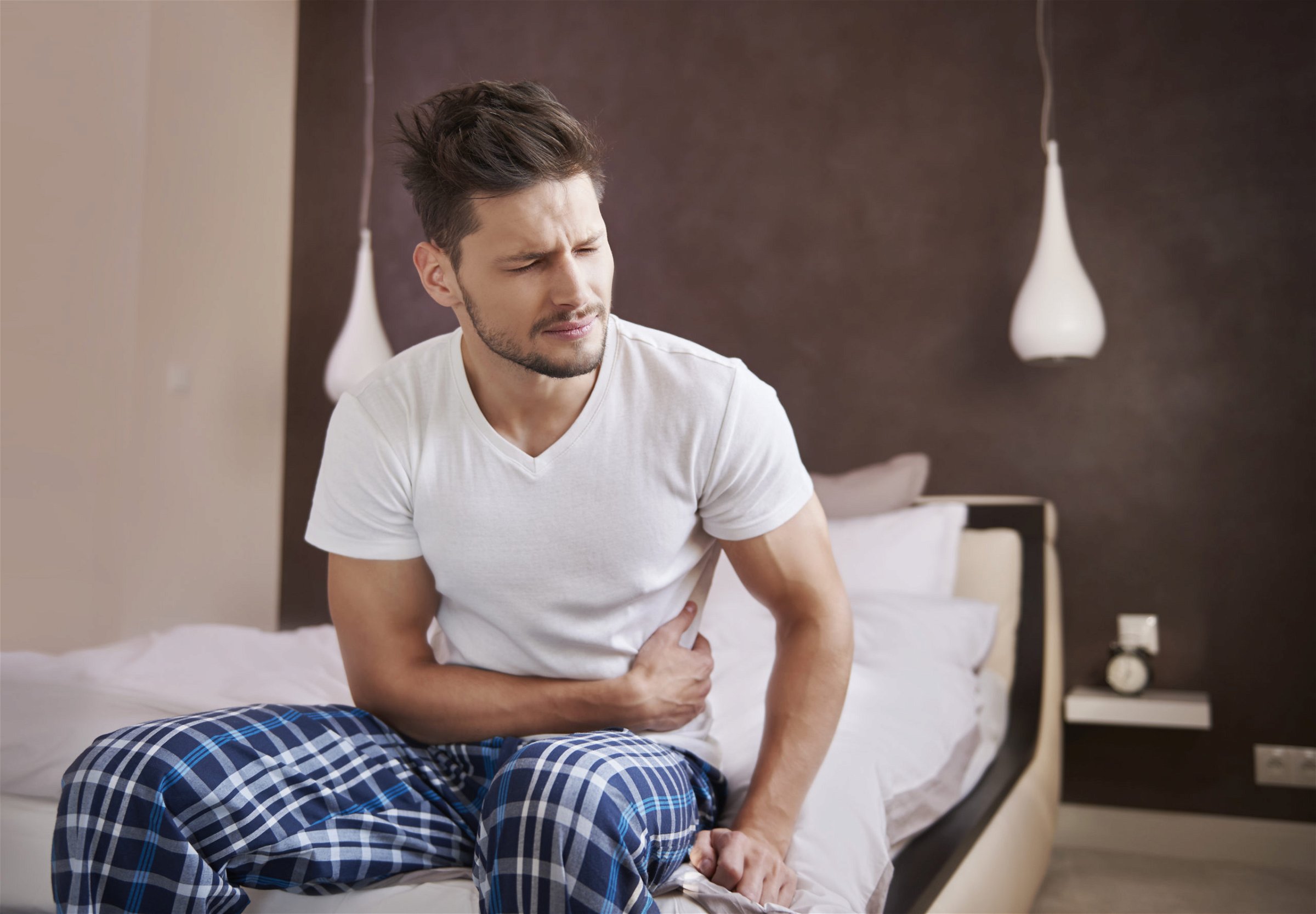- Conditions
- Treatments
- Patients
- Practice
- Dr. Tian Xia
- Heather Cottini
- Andry Khlopas
- Lyndsey Johnson
- Dr Michael G Banuelos
- Linda H. Morris
- Stacia Jones
- Hoai Luu
- Dr Ricardo Knight
- Finnbar Higgins
Physicians
Chiropractors
Physical Therapist
- Blog
Conditions
Interstitial Cystitis
Interstitial Cystitis Also known as bladder pain syndrome, is the term used to refer to a chronic inflammatory condition affecting the muscular and submucosal layers of the bladder. The cause of interstitial cystitis is not known and this condition is considered a diagnosis of exclusion.

The condition is associated with urinary frequency, urinary urgency, sterile urine culture and nocturia or waking up to urinate at night.
People suffering from interstitial cystitis may experience symptoms that will overlap with other urinary bladder related disorders such as UTI or urinary tract infection, arthritis, prostatitis, urethral syndrome and overactive bladder.
Patients of interstitial cystitis can be compared to those suffering from cancer pain, those on kidney dialysis or rheumatoid arthritis as far as the quality of life is concerned.
Signs and Symptoms
Symptoms associated with interstitial cystitis will be misdiagnosed in most cases because they mimic urinary tract infection.
Though this is the case, interstitial cystitis has not been found to be caused by bacterial infection treatment through antibiotics will be ineffective. Initially, the symptoms of interstitial cystitis might be attributed to uterine fibroids and endometriosis in women or epididymitis or prostatitis in men.
The most common symptoms described by people suffering from interstitial cystitis is the waking up at night to urinate, pain during sexual intercourse, urinary frequency and suprapubic pain.
From a general perspective, the symptoms of interstitial cystitis may include pain during urination; a pain described as a burning sensation in the urethra, pelvic pain which is worsened by certain drinks or foods, pressure in the pelvis or bladder, and urinary urgency
Other symptoms that are frequently described by interstitial cystitis patients include urinary hesitancy which is a situation where the patient has to wait for the urinary stream to start as a result of tension and the dysfunction of the pelvic floor, difficulty ad discomfort during working, driving and travelling.
The pelvic pain experienced by interstitial cystitis patients is worse when the bladder is full and is relieved by urination.
During cystoscopy about 10% of interstitial cystitis patients are discovered to have Hunner’s ulcers. People with interstitial cystitis might experience the discomfort in the urethra only and in some nights, they might struggle with pain affecting the entire pelvis region.
The pain associate with this condition will fall into one of the two categories; significant suprapubic pain characterized by little urinary frequency or the lesser amount of suprapubic pain with increased frequency.
Causes
The causes of interstitial cystitis are not known. There are a number of proposed explanations including the nerve theory, the autoimmune theory, leaky lining theory, theory of production of a toxic substance in the urine, mast cell theory, and the infection theory.
There are other suggested causes such as allergic reactions, neurologic issues, stress-psychological and genetic compositions. Recent studies have indicated that interstitial cystitis patients’ urine might contain a substance that inhibits cell growth in the bladder epithelium.
Clinical tests have indicated that mast cells might have something to do with the development of interstitial cystitis because they can release histamine and cause swelling, scarring slow healing and cause pain.
Studies have also indicated that there is a proliferation of nerve fibers in the bladder of interstitial cystitis patients, which are absent in the bladders of people who are not suffering from interstitial cystitis.
Diagnosis
The diagnosis of interstitial cystitis is regarded as an exclusion procedure and can also involve the clinical assessment of the symptoms described.
It is recommended that medical practitioners start with the patient’s history followed by a physical examination then laboratory tests for the assessment and documentation of the interstitial cystitis and other potential conditions.
In cases that are considered complex, cystoscopy with hydrodistention maybe employed.
Researchers have discouraged the use of this test indicating that the examination of the wall of the bladder after stretching is not specific to interstitial cystitis and the process can result in petechial hemorrhages which are small glomerulations found in interstitial cystitis.
This leaves the best diagnostic procedure as the exclusion method and the assessment of the clinical symptoms.
Services
Treatment
There are guidelines that are recommended for the treatment of interstitial cystitis. These guidelines range from conservative treatment to invasive interventions. Here are the guidelines recommended:
First-line treatments
This involves patient education, diet modification, and stress management
Second-line treatment
This one involves oral medication such as cimetidine, hydroxyzine, pentosan, amitryptiline, and polysulfate, physical therapy, bladder installation (lidocaine, heparin or DMSO)
Third-line treatments
This line of treatment involves the management of the Hunner’s ulcers which can be through fulguration, triamcinolone injection or laser. It also involves hydrodistention for a short duration and in low pressure
Fourth -line treatment
This line simply involves neural modulation such as pudendal nerve or sacral
Fifth-line treatment
This line involves botulinium toxin A and cyclosporine A
Sixth –line treatment
This is the final treatment and involves surgical intervention which might involve augmentation, cystectomy and urinary diversion.
The guidelines also have a list of discontinued treatment options such as high pressure long duration hydrodistension, systematic glucocorticoids, intravesical bacillus, Calmette Guerin, and long-term oral antibiotics.
Any individual experiencing any of the motioned symptoms should seek medical attention for proper diagnosis and treatment to eliminate the symptoms and relieve the pain and discomfort that might negatively affect the patient’s quality of life.

